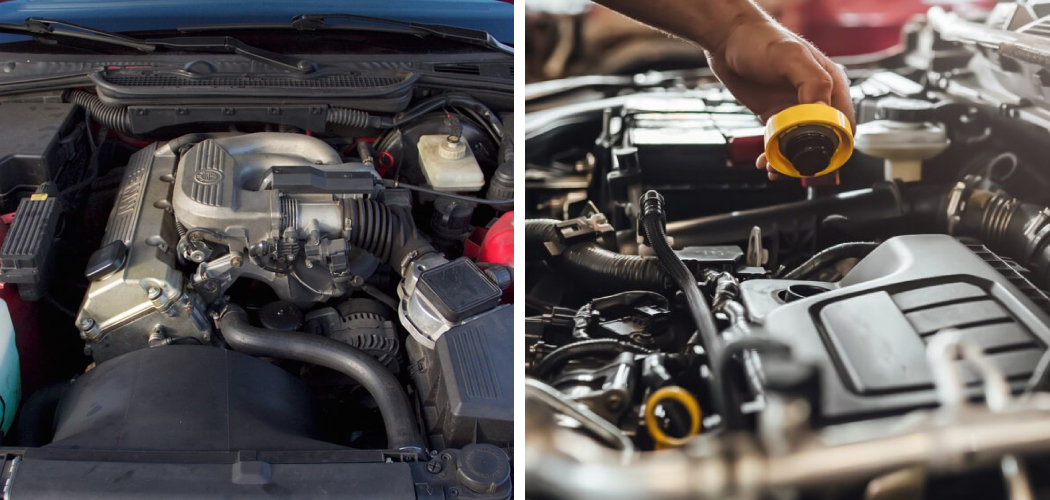Coolant circulation is an essential aspect of your vehicle’s overall health, and it directly impacts its performance. Knowing to tell if coolant is circulating can help you identify any potential issues early on and prevent costly repairs down the road.
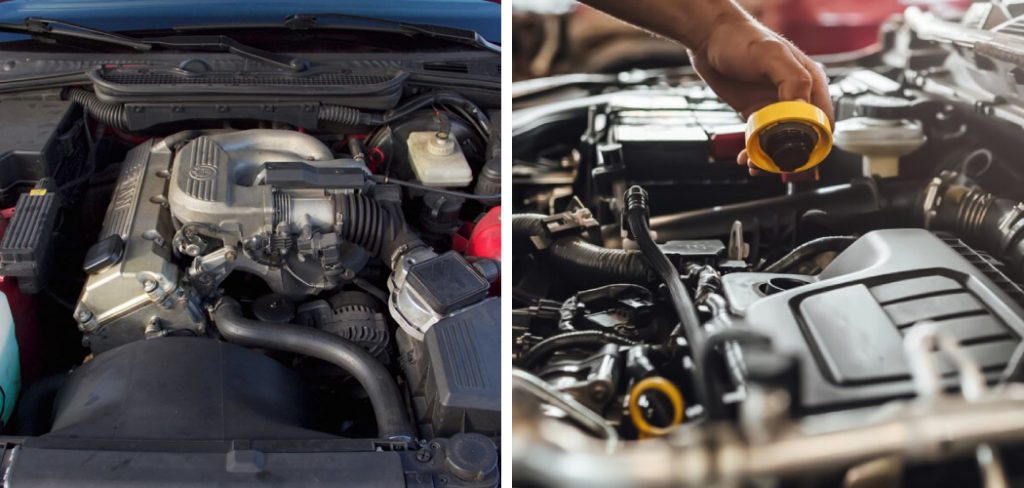
The main advantage of telling if coolant is circulating in your vehicle’s engine is that it allows you to check the health and efficiency of your cooling system. By understanding how to check for proper coolant circulation, you can identify potential issues early on and prevent costly repairs down the road. In this blog post, You will learn in detail how to tell if coolant is circulating.
Step-by-step Instructions for How to Tell if Coolant is Circulating
Step 1: Inspect the Temperature Gauge
Check the temperature gauge on your dashboard. If it is in the normal range, this is a good indication that coolant is circulating properly. However, if the gauge shows a high temperature or fluctuates often, there may be an issue with coolant circulation.
Step 2: Look for Leaks
Inspect the engine bay and ground underneath your vehicle for any signs of coolant leaks. These could be in the form of puddles or stains. If you notice any leaks, this may indicate a problem with the cooling system and should be addressed immediately.
Make sure your engine is cool before opening the hood and checking the coolant level. The coolant reservoir tank should have markings indicating the appropriate fluid level. If the level is low, this could be a sign of a leak or that coolant is not circulating properly.
Step 3: Inspect the Radiator Cap
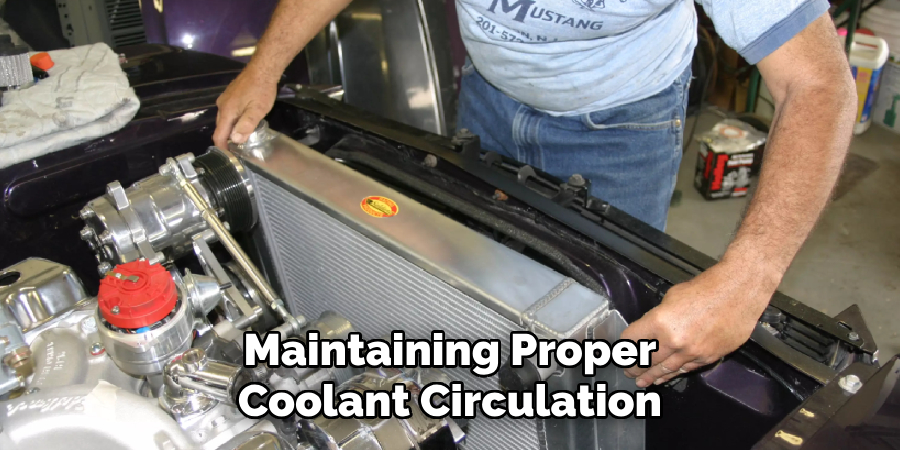
The radiator cap plays an important role in maintaining proper coolant circulation. Make sure it is tightly sealed and free of any cracks or damage. A faulty radiator cap can lead to inadequate pressure and hinder proper circulation.
If your vehicle has a radiator fan, observe it while the engine is running. The fan should turn on once the temperature reaches a certain point and remain on until the engine cools down. If the fan does not turn on or only runs intermittently, this could indicate an issue with coolant circulation.
Step 4: Check the Hoses
Inspect all hoses connected to the cooling system for any signs of damage or leaks. These hoses are responsible for carrying coolant throughout the system and any issues with them can affect circulation.
The thermostat is a crucial component in regulating engine temperature and coolant flow. A faulty thermostat can cause issues with circulation, so it is important to test it if you suspect a problem. This can be done by using a thermometer and placing it in hot water along with the thermostat. If it does not open or close as intended, it may need to be replaced.
Step 5: Monitor Coolant Flow
With the engine running, observe the flow of coolant through the radiator. It should circulate smoothly and consistently. If you notice any fluctuations or blockages, this could indicate a problem with circulation.
A pressure test can help identify any leaks in the cooling system that may be hindering proper circulation. This should be done by a professional mechanic using specialized equipment.
Step 6: Consult a Professional
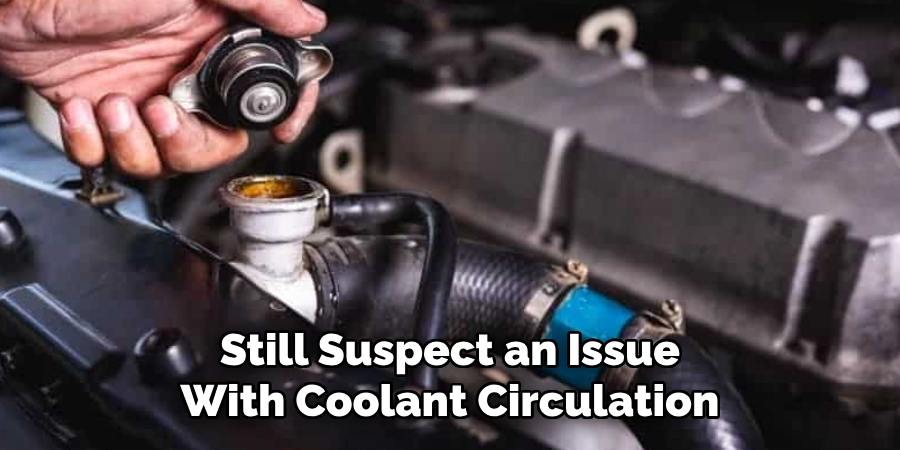
If you have followed all of the above steps and still suspect an issue with coolant circulation, it is best to consult a professional mechanic. They will have the expertise and tools necessary to accurately diagnose and fix any problems with your cooling system.
By following these step-by-step instructions, you can easily determine if your vehicle’s coolant is circulating properly and take the appropriate actions to ensure proper engine function. Remember to regularly check and maintain your cooling system to prevent any issues with circulation in the future.
Safety Tips for How to Tell if Coolant is Circulating
- Check the Temperature Gauge: One of the easiest ways to tell if coolant is circulating is by checking the temperature gauge on your dashboard. If the engine is overheating, then there may be an issue with coolant circulation.
- Inspect for Leaks: Leaks in your cooling system can cause a lack of coolant circulation. Check for any visible leaks under the hood, and make sure to also check the ground under your car for any puddles.
- Observe the Coolant Level: Your coolant should always be at the recommended level. If it is low, then there may be a problem with circulation or a leak in the system.
- Look for Signs of Air Bubbles:: Air bubbles can often indicate an issue with coolant circulation. If you notice any bubbling in the coolant reservoir or in the radiator, it is best to get your system checked.
- Check the Color of the Coolant: Coolant should be either green, red, orange, or yellow depending on the type. If you notice that your coolant is dark brown or has a muddy appearance, then there may be contamination causing a blockage in circulation.
- Pay Attention to the Temperature of the Air Coming From Your Vents: Another way to tell if coolant is circulating is by turning on your heater and feeling for hot air. If there is no hot air, then it could be a sign that coolant is not flowing properly.
- Get Regular Maintenance Checks: The best way to ensure proper coolant circulation is by getting regular maintenance checks from a trusted mechanic. They can check for any potential issues and address them before they become bigger problems.
- Keep a Coolant Tester Handy: If you are unsure about the state of your coolant, you can always use a coolant tester to check its condition. This simple tool measures the freezing and boiling points of the coolant to determine if it needs to be changed or flushed out.
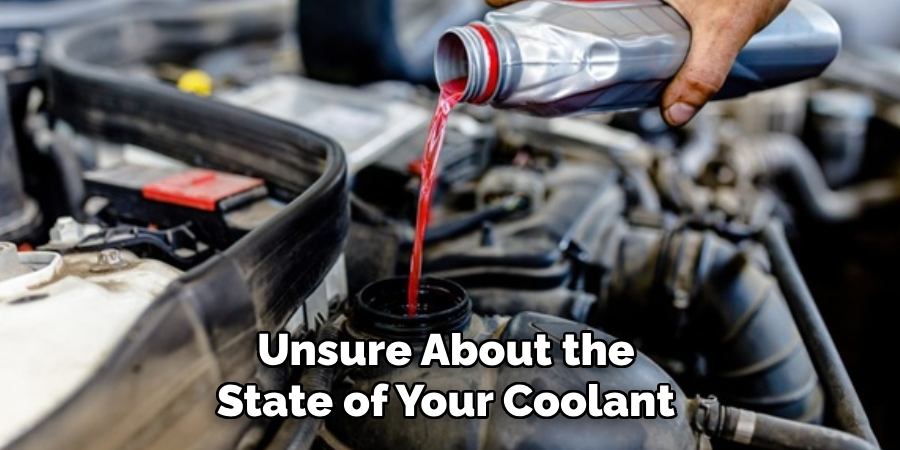
By following these safety tips, you can easily tell if coolant is circulating properly in your vehicle. Regularly monitoring your coolant and getting professional maintenance checks can help prevent any major issues with the cooling system.
Importance of Telling if Coolant is Circulating
- Prevents Engine Overheating: Coolant is responsible for keeping the engine at a safe operating temperature. By continuously monitoring if coolant is circulating, you can prevent your engine from overheating.
- Reduces Wear and Tear: If your coolant is not circulating properly, certain parts of the engine may not get enough cooling, leading to excessive wear and tear. This can result in costly repairs and even engine failure.
- Maintains Engine Efficiency: When coolant is not circulating properly, the engine may run hotter than normal. This can affect its performance and fuel efficiency, resulting in decreased mileage and increased emissions.
- Protects Against Corrosion: Coolant contains additives that protect metal components inside the engine from rust and corrosion. If it is not circulating properly, these additives may not reach all areas of the engine, leaving it vulnerable to damage.
- Extends Engine Life: By ensuring proper circulation of coolant, you can prolong the lifespan of your engine. This will save you money on repairs and replacements in the long run.
- Indicator of Other Problems: If you notice that your coolant is not circulating properly, it could be a sign of other issues with your engine such as a faulty water pump or clogged radiator. Addressing these issues early on can prevent further damage and costly repairs.
- Ensures Safety: A properly functioning cooling system is crucial for the safe operation of your vehicle. By regularly checking if coolant is circulating, you can ensure that your engine is running smoothly and reduce the risk of breakdowns or accidents on the road.
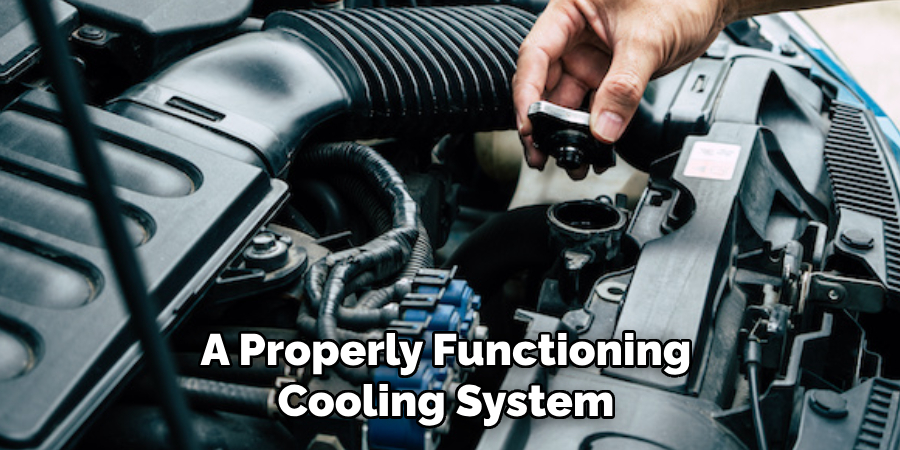
By understanding the importance of coolant circulation, you can take proactive measures to maintain your vehicle’s cooling system and prevent any potential issues.
Regularly checking for signs of proper coolant circulation, such as a steady temperature gauge or visible movement in the radiator, can help you catch any problems early on and ensure the longevity and safety of your engine.
Signs of Inadequate Coolant Circulation
Coolant circulation is an essential process in a vehicle’s cooling system. It helps regulate the temperature of the engine by removing excess heat and transferring it to other parts of the car. However, inadequate coolant circulation can cause several issues that can lead to costly repairs and even complete engine failure.
1. Engine Overheating
An overheating engine is one of the most common signs of inadequate coolant circulation. As mentioned earlier, coolant helps regulate the engine’s temperature, and if there is not enough or no coolant circulating through the system, the engine will overheat. If you notice any sudden spikes in your car’s temperature gauge, it is a sign of inadequate coolant circulation and should be addressed immediately.
2. Low Coolant Levels
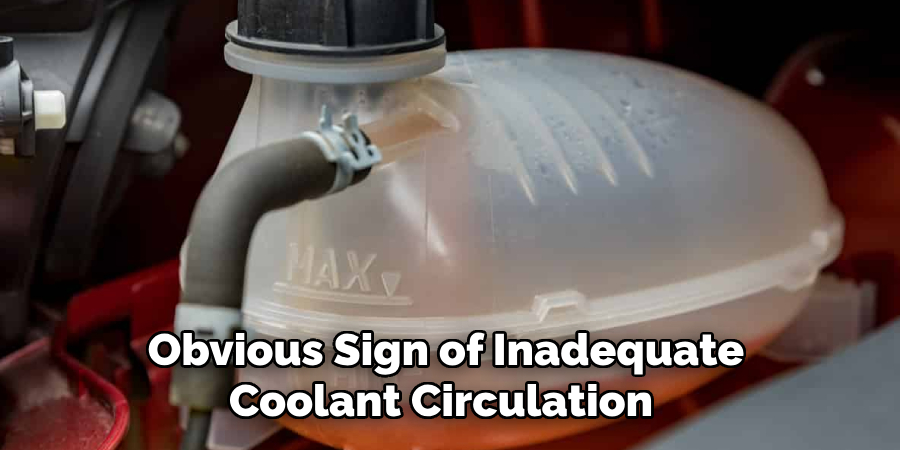
Another obvious sign of inadequate coolant circulation is consistently low coolant levels in the reservoir tank. This can happen due to leaks or evaporation caused by high engine temperatures. If you find yourself constantly refilling the coolant tank, it is a clear indication of a problem with the coolant circulation.
3. Coolant Leaks
Coolant leaks are not only a sign of inadequate coolant circulation but also a serious issue on their own. Any visible signs of coolant leaking from your vehicle, such as puddles under the car or steam coming out from the hood, should be addressed immediately. These leaks can be caused by damaged hoses, gaskets, or even a cracked engine block due to overheating.
4. Strange Noises
A properly functioning coolant system should operate silently. If you hear any unusual noises coming from your car’s engine, it could be a sign of inadequate coolant circulation. Air pockets in the cooling system can cause strange gurgling or bubbling sounds, which should be addressed as soon as possible.
5. Engine Misfires or Stalling
Inadequate coolant circulation can also lead to engine misfires or stalling. If the engine is not receiving enough coolant, it will overheat and eventually shut down. This can cause severe damage to the engine and should be addressed immediately by a professional mechanic.
6. Visible Rust or Corrosion
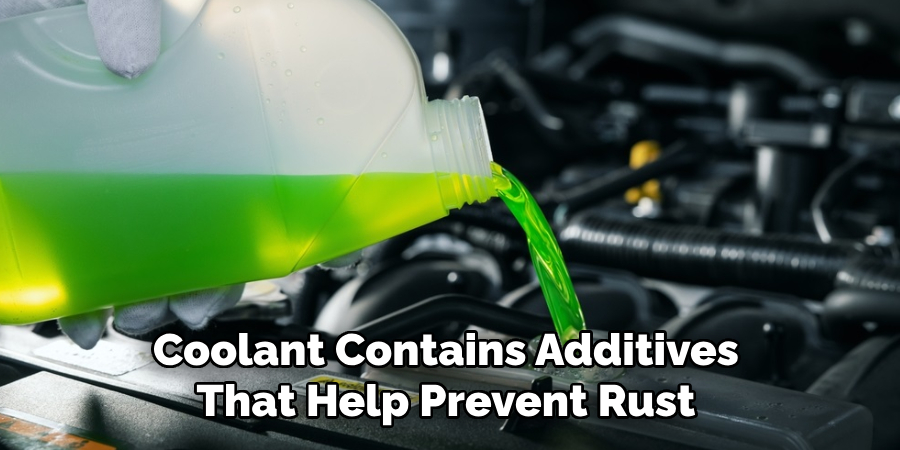
Coolant contains additives that help prevent rust and corrosion within the cooling system. However, if inadequate coolant circulation is present, these additives may not reach all parts of the system, leading to visible signs of rust and corrosion. If you notice any rusty or corroded parts in your vehicle’s cooling system, it is a sign of inadequate coolant circulation.
7. Strong Smell of Coolant
If you notice a strong, sweet smell similar to that of maple syrup coming from your engine, it could be a sign of inadequate coolant circulation. This smell is caused by leaking coolant, which can also lead to low levels and overheating issues.
Inadequate coolant circulation in your vehicle should not be taken lightly. It can lead to severe damage, costly repairs, and even put your safety at risk. If you notice any of the signs mentioned above, it is crucial to address them immediately by consulting a professional mechanic.
Regular maintenance and proper care of your vehicle’s cooling system can help prevent inadequate coolant circulation and ensure smooth and safe driving experience.
Troubleshooting Coolant Circulation Issues
Coolant circulation issues can cause a variety of problems in your vehicle, from overheating to engine failure. Properly maintaining your cooling system is crucial for the overall health and performance of your car. In this guide, we will discuss common troubleshooting techniques for coolant circulation issues in your vehicle.
1. Check the Coolant Level
The first step in troubleshooting coolant circulation issues is to check the level of coolant in your reservoir tank. Low coolant levels can indicate a leak or other issue within the system.
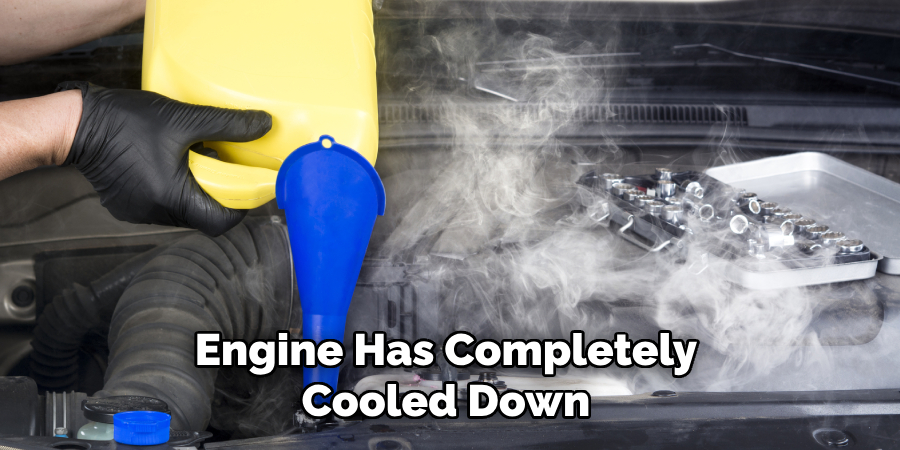
To check the level, wait until your engine has completely cooled down and then locate the reservoir tank (usually a clear plastic tank near the radiator). The coolant level should be between the minimum and maximum markings on the tank. If it is below the minimum, you will need to top off the coolant.
2. Inspect Hoses and Connections
Next, inspect all hoses and connections in your cooling system for any signs of damage or leaks. Hoses should feel firm but not hard or brittle, and there should not be any visible cracks or holes.
Check all connections for signs of leaks, such as wet spots or corrosion. If you find any issues with the hoses or connections, they will need to be replaced.
3. Test the Thermostat
A faulty thermostat can also cause coolant circulation issues. To test your thermostat, start your vehicle and let it idle until it reaches normal operating temperature. Then, carefully touch the upper radiator hose to see if it is hot. If it is not, your thermostat may be stuck closed and will need to be replaced.
4. Clean the Radiator
A dirty or clogged radiator can impede coolant circulation in your vehicle. Use a soft brush or compressed air to clean any debris or buildup on the outside of your radiator. You can also flush the system with a radiator cleaner to remove any blockages.
5. Check the Water Pump
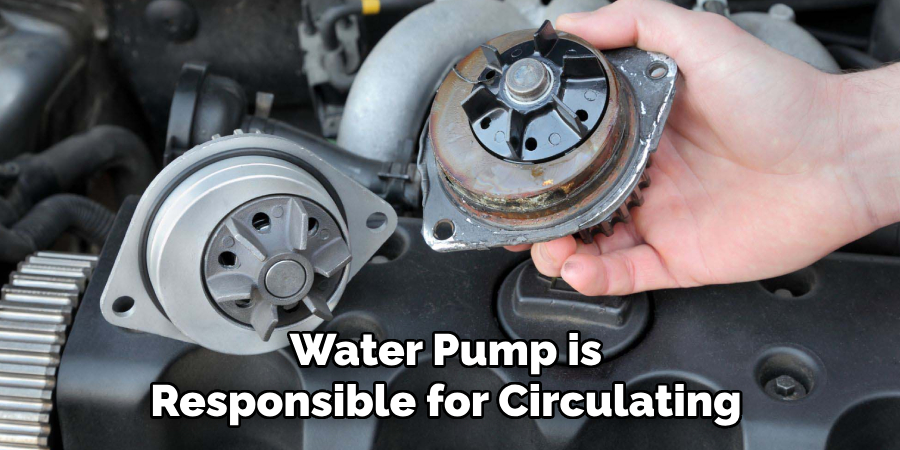
The water pump is responsible for circulating coolant throughout your engine. If it is not functioning properly, coolant circulation will be affected. Inspect the water pump for leaks and make sure the belt is tight and not cracked or damaged.
6. Test the Radiator Cap
The radiator cap helps to maintain pressure in your cooling system and prevent coolant from boiling over. A faulty cap can cause circulation issues, so it is important to test it and replace if necessary. To test, wait until the engine has cooled down completely and then remove the cap. It should fit snugly and not have any cracks or signs of damage.
7. Flush and Refill the System
If none of the above troubleshooting techniques have resolved your coolant circulation issues, it may be necessary to flush and refill the entire system. This will remove any built-up debris or contaminants that could be hindering proper circulation.
Overall, regular maintenance and inspections of your cooling system can help prevent coolant circulation issues from occurring. By following these troubleshooting techniques, you can identify and address any problems before they lead to more serious damage to your vehicle’s engine.
Advanced Techniques for Assessing Coolant Circulation
While the above troubleshooting techniques are effective for most cases of coolant circulation issues, there are some more advanced techniques that can be used to assess and diagnose potential problems. These include:
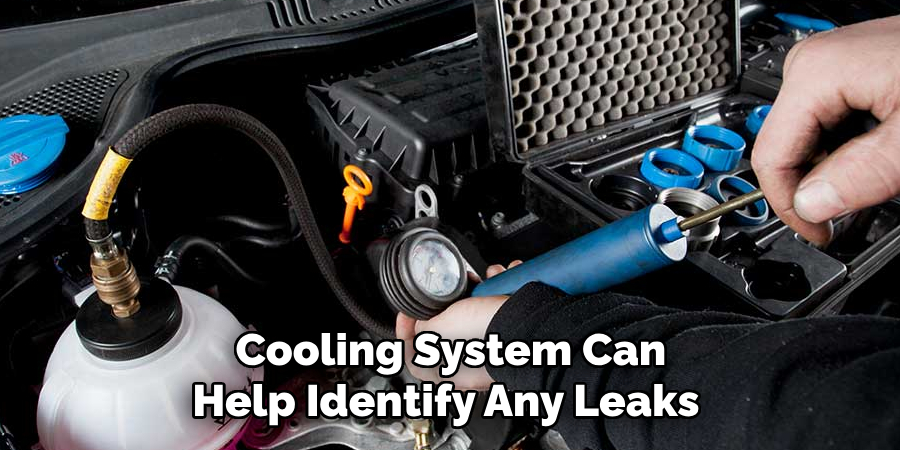
- Pressure Testing: A pressure test of your cooling system can help identify any leaks or faulty components that may be affecting coolant circulation.
- Coolant Flow Test: This test measures the rate at which coolant is flowing through your system and can help pinpoint any restrictions or blockages.
- Thermal Imaging: By using thermal imaging technology, you can identify areas of heat or abnormal temperatures that may be indicative of a problem with coolant circulation in your engine.
By incorporating these advanced techniques into your troubleshooting process, you can more accurately diagnose and address any issues with coolant circulation in your vehicle. This can help ensure the long-term health and performance of your car, as well as prevent any potential breakdowns or costly repairs in the future.
Regularly testing and maintaining your cooling system is key to avoiding coolant circulation issues and keeping your vehicle running smoothly.
Preventive Maintenance and Best Practices
Preventive maintenance is a planned and systematic approach to ensure that equipment, buildings, and other assets are in good working condition. It involves regularly scheduled inspections, cleaning, adjustments, and repairs to prevent failures or breakdowns before they occur. In this document, we will discuss the importance of preventive maintenance and best practices for implementing it.
Benefits of Preventive Maintenance:
There are several benefits to implementing a preventive maintenance program:
- Increased Equipment Lifespan: Regular maintenance can prolong the life of your equipment, reducing the need for frequent replacements.
- Cost Savings: By identifying and addressing potential issues early on, you can avoid costly repairs or replacements in the future. Additionally, regular maintenance can improve efficiency, resulting in energy and cost savings.
- Improved Safety: A well-maintained asset is less likely to malfunction or cause accidents, ensuring the safety of employees and customers.
- Minimized Downtime: Unplanned breakdowns can disrupt operations and cause costly delays. Preventive maintenance helps identify potential issues before they occur, reducing downtime.
Best Practices for Implementing Preventive Maintenance
To ensure that your preventive maintenance program is effective, here are some best practices to keep in mind:
- Create a Maintenance Schedule: Develop a schedule for regular inspections and maintenance based on the manufacturer’s recommendations and your asset’s usage patterns.
- Keep Detailed Records: Maintain accurate records of all maintenance activities, including dates, services performed, and any issues found. This information can help identify trends and make informed decisions about future maintenance needs.
- Train Employees: Make sure all relevant employees are trained on how to conduct inspections, perform basic maintenance tasks, and report any issues they encounter. This will help identify potential problems early on and ensure that your assets are properly maintained.
- Use the Right Tools and Equipment: Having the right tools for the job is crucial in preventive maintenance. Make sure your team has access to the necessary tools and equipment to perform their tasks effectively.
- Regularly Review and Update Your Program: As your assets age or business needs change, it is essential to review and update your preventive maintenance program accordingly. This will help ensure that your assets are receiving the appropriate care and that your program remains effective.
Implementing a preventive maintenance program is crucial for maintaining the efficiency, safety, and longevity of your assets. By following these best practices, you can ensure that your program is effective and helps avoid costly breakdowns and repairs in the future.
Conclusion
In conclusion, monitoring the coolant circulation in your vehicle is crucial to maintaining its performance and preventing engine damage. By understanding the signs of proper coolant flow, you can identify potential issues early on and take necessary action to prevent them from escalating.
Regularly checking the temperature gauge, inspecting for leaks, and paying attention to unusual noises are all important steps in determining if your coolant is circulating properly.
Additionally, keeping an eye on the color and clarity of your coolant can also provide valuable insight into the condition of your vehicle’s cooling system. I hope reading this post has helped you learn how to tell if coolant is circulating. Make sure the safety precautions are carried out in the order listed.

